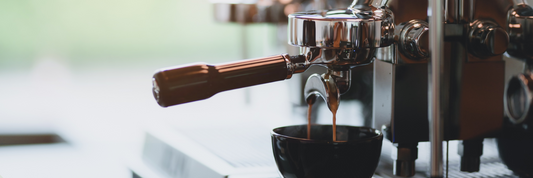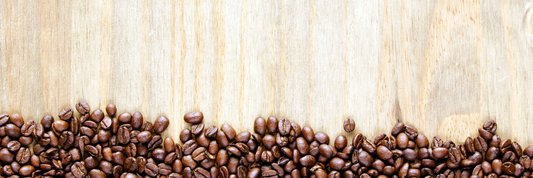Polylactic Acid (PLA) is a biodegradable thermoplastic that is produced from renewable resources, such as corn starch and sugarcane. This material has emerged as a vital eco-friendly alternative to traditional petroleum-based plastics, particularly in the packaging industry. As concerns about plastic pollution grow, PLA offers a sustainable choice that aligns with the increasing demand for greener solutions.
What is bioplastic? How does biodegradable plastic help the environment?
Switch to PLA Straws: Benefits for your Shop and upcoming Ban on Plastic Straws Canada-wide!!!
Production Process of PLA

The production of PLA begins with the fermentation of plant-based sugars. During this process, lactic acid is produced, which is then polymerized to form polylactic acid. Notably, this method is significantly more energy-efficient compared to conventional plastic manufacturing, consuming approximately 65% less energy. Moreover, it emits around 68% fewer greenhouse gases, contributing positively to the environment right from the manufacturing phase.
Environmental Benefits of PLA
Biodegradability
One of the standout features of PLA is its ability to decompose under industrial composting conditions. PLA products can break down within a few months to a few years, greatly helping to reduce the volume of waste in landfills. This characteristic addresses a pressing issue in waste management by providing an alternative that doesn't linger in the environment for centuries.
Reduced Carbon Footprint
The production process for PLA is also relatively clean. Studies indicate that the production of PLA results in a carbon footprint that is 75% lower than that of traditional, fossil-based plastics. This significant reduction in greenhouse gas emissions underscores PLA's role in mitigating climate change and promoting sustainability.
Applications of PLA in Packaging

Food Packaging
PLA is widely utilized in creating biodegradable food containers, cups, trays, and wrappers. This application provides a sustainable solution for single-use packaging in the food and beverage sector, helping businesses meet increasing consumer demand for eco-friendly options.
Flexible Packaging
Around 35% of PLA production is dedicated to flexible packaging applications, including films, bags, and labels. This versatility allows for innovative packaging solutions that are not only functional but also environmentally responsible.
Rigid Packaging
Approximately 30% of PLA is used for rigid packaging products such as bottles, jars, and containers. This application demonstrates PLA's potential to replace conventional plastics in various packaging sectors, providing a greener alternative without compromising on performance.
Comparing PLA with Traditional Plastics
While PLA has several environmental advantages, it does have some differences compared to traditional plastics:
Heat Resistance
PLA exhibits lower heat resistance compared to many conventional plastics, which may render it unsuitable for certain high-temperature applications such as hot beverage containers.
Mechanical Properties
The mechanical properties of PLA are comparable to some traditional plastics, but to meet specific requirements, modifications might be necessary. This aspect means that while PLA can serve as a substitute in many cases, some applications may still require careful consideration regarding its capabilities.
Challenges and Limitations of PLA

Composting Infrastructure
For PLA to decompose effectively, specific industrial composting conditions are required. Unfortunately, these facilities are not widely available in many regions, leading to challenges in proper disposal and raising questions about its end-of-life management.
Feedstock Competition
The reliance on food crops, such as corn, for PLA production raises concerns regarding competition for resources between food supply and industrial applications. This aspect necessitates careful consideration of agricultural practices and resource allocation.
Future Outlook for PLA in Sustainable Packaging
The future of PLA looks promising as advancements in technology and a growing focus on environmental sustainability drive its adoption. Innovations aimed at enhancing PLA's physical properties and increasing the availability of composting infrastructure will likely strengthen its role in sustainable packaging solutions. Increased awareness surrounding plastic pollution could further accelerate its acceptance among consumers and manufacturers alike.
Conclusion
Polylactic Acid (PLA) represents a significant advancement in the pursuit of sustainable packaging. Its environmental benefits and versatility make it a standout alternative to traditional plastics. As we collectively work towards reducing plastic pollution, PLA holds great potential in fostering a circular economy and promoting a healthier planet for future generations.




